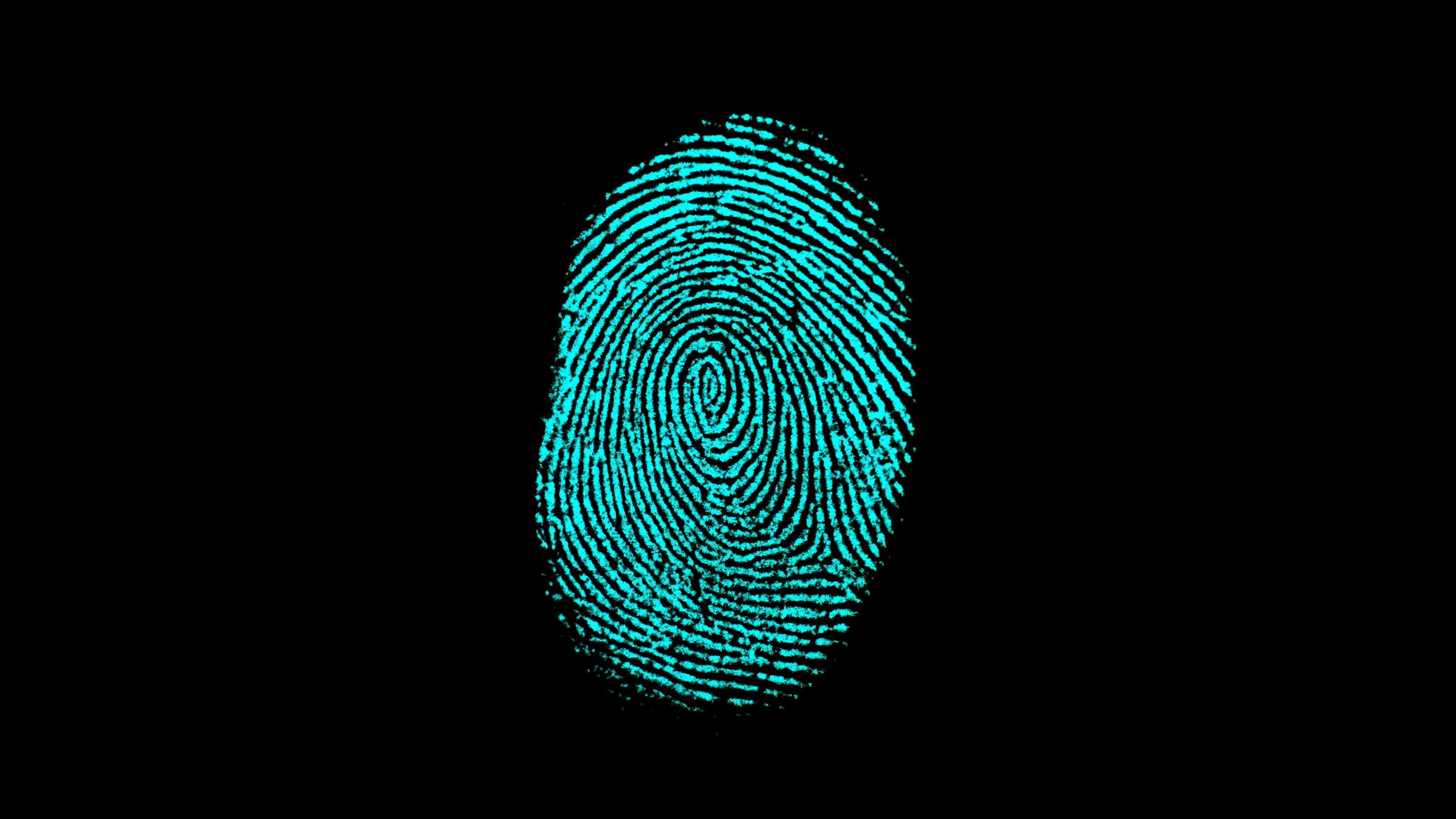
Fingerprints have long been a fascinating subject, capturing the attention of mystery enthusiasts and law enforcement professionals alike. These unique ridges that adorn our fingers serve a crucial role in identification, acting as a personal signature that sets us apart from the rest of the world. While most people are aware of the basic role of fingerprints in solving crimes, there are many intriguing facts about them that are lesser-known.
In this article, we will explore 10 fascinating facts about fingerprints that will not only pique your curiosity but also leave you in awe of the intricacies of the human body. From their formation to their role as a form of identification, fingerprints have a rich history and a wide range of applications. So, let’s dive in and uncover some surprising facts about these tiny, distinctive patterns etched on our fingertips.
Key Takeaways:
- Fingerprints are unique to each person and can be used for identification. They start developing before birth and can provide clues about gender. They are resistant to alteration and can be used to solve crimes.
- Fingerprint patterns can change over time due to injury, aging, or medical conditions. They can be lifted from surfaces and used in forensic analysis. Experts in this field undergo specialized training for identification purposes.
Fingerprint patterns are unique to each individual.
Fingerprints are formed by ridges and furrows on the fingertips, creating distinct patterns. No two individuals have the exact same fingerprints, making them a reliable and widely used method of identification.
Fingerprints begin to develop before birth.
The formation of fingerprints begins around the 10th week of gestation in the womb. By the time a baby is born, their unique fingerprint patterns have already formed.
There are three main types of fingerprint patterns: loops, whorls, and arches.
Loop patterns are the most common, making up approximately 60-70% of all fingerprints. Whorls consist of circular or spiral patterns, accounting for about 25-35%. Arches are the least common, making up only 5% of all fingerprints.
Fingerprints can be used to determine a person’s gender.
Research has shown that fingerprints can provide clues about an individual’s gender. Certain ridge counts and patterns tend to differ between males and females, allowing experts to make gender determinations based on fingerprints with a high level of accuracy.
Fingerprints are not entirely static and can change over time.
While fingerprint patterns remain relatively stable throughout a person’s life, they can be influenced by factors such as injury, aging, and certain medical conditions. These changes are often minor and do not significantly alter the overall fingerprint pattern.
Fingerprints are resistant to alteration.
Fingerprints are difficult to alter intentionally, making them a reliable method of identification. Attempts to remove or modify fingerprints through surgery or other means typically result in permanent damage to the skin.
Fingerprints can be classified into minutiae points.
Fingerprint examiners classify and compare fingerprints based on minutiae points, which are specific ridge characteristics such as ridge endings, bifurcations, and enclosures. These minutiae points are unique to each fingerprint and play a crucial role in forensic analysis.
Fingerprints can be lifted from various surfaces.
Investigators can collect fingerprints from various surfaces using fingerprint powder or other methods. The oils and sweat on the fingertips leave behind latent prints that can be developed and lifted for further analysis.
Fingerprints can be used to solve crimes.
One of the most common applications of fingerprints is in criminal investigations. By comparing fingerprints found at a crime scene to a database of known individuals, law enforcement agencies can link suspects to crimes and provide crucial evidence in court.
Fingerprint analysis is a specialized field.
Experts who analyze fingerprints and compare them for identification purposes undergo extensive training. This field, known as forensic fingerprint analysis, requires knowledge of fingerprint classification systems, advanced examination techniques, and proficiency in using specialized software.
Conclusion
Fingerprints are truly fascinating and unique to each individual. They have been used for decades as a reliable method of identification, allowing law enforcement agencies to solve countless crimes. Understanding the facts behind fingerprints helps shed light on the science and significance behind this integral part of our identity.
From the patterns they form to the techniques used to analyze them, fingerprints provide a rich source of information for forensic experts. The study of fingerprints, known as dactyloscopy, continues to evolve and enhance our understanding of these hidden clues.
With their permanence and individuality, fingerprints serve as an invaluable tool in not only criminal investigations but also in everyday applications such as biometric identification. Their intricate ridges and patterns serve as a reminder of the complexity and uniqueness of the human body.
So next time you look at your fingertips, remember that your fingerprints are more than just skin deep; they hold a wealth of information that makes you truly one of a kind.
FAQs
1. How are fingerprints formed?
Fingerprints are formed during fetal development and are influenced by factors such as genetics and pressure inside the womb. The ridges and patterns on our fingertips emerge as the skin on our fingers grows, creating unique patterns that remain unchanged throughout our lives.
2. Can fingerprints change over time?
Fingerprints are generally considered to be permanent and do not change over time. However, injuries or certain medical conditions may temporarily alter or obscure the ridges, making identification more challenging.
3. Are identical twins‘ fingerprints the same?
No, even identical twins have unique fingerprints. While they may share many similarities due to their shared genetic makeup, there are subtle differences in the way their fingerprints develop that make them distinct from one another.
4. How do experts analyze fingerprints?
Forensic experts use various methods to analyze fingerprints, including visual examination, chemical development, and digital scanning. These techniques allow them to compare and match fingerprints found at crime scenes to known individuals in order to establish identification.
5. Can someone alter or fake their fingerprints?
While it is theoretically possible to alter or temporarily mask fingerprints, it is extremely difficult to do so convincingly. The unique ridge patterns and characteristics of fingerprints make them virtually impossible to completely alter or replicate.
6. Are fingerprints used for anything other than identification?
Yes, fingerprints have various applications beyond identification. They are used in biometric systems for access control, time tracking, and even mobile devices for authentication purposes. Additionally, fingerprints can serve as evidence in civil cases such as wills and contracts, providing a unique link between individuals and documents.
Fingerprints' unique patterns make them invaluable for identification, but there's more to explore in the world of forensic science and personal security. DNA fingerprinting surprises with its ability to link individuals to specific locations and events. Biometric gun safes offer cutting-edge protection for firearms, ensuring only authorized users gain access. Keyless door locks provide convenient, secure entry to homes and businesses without the need for traditional keys. Dive deeper into these fascinating topics to learn how technology is revolutionizing the way we identify people, secure valuable items, and protect our spaces.
Was this page helpful?
Our commitment to delivering trustworthy and engaging content is at the heart of what we do. Each fact on our site is contributed by real users like you, bringing a wealth of diverse insights and information. To ensure the highest standards of accuracy and reliability, our dedicated editors meticulously review each submission. This process guarantees that the facts we share are not only fascinating but also credible. Trust in our commitment to quality and authenticity as you explore and learn with us.


